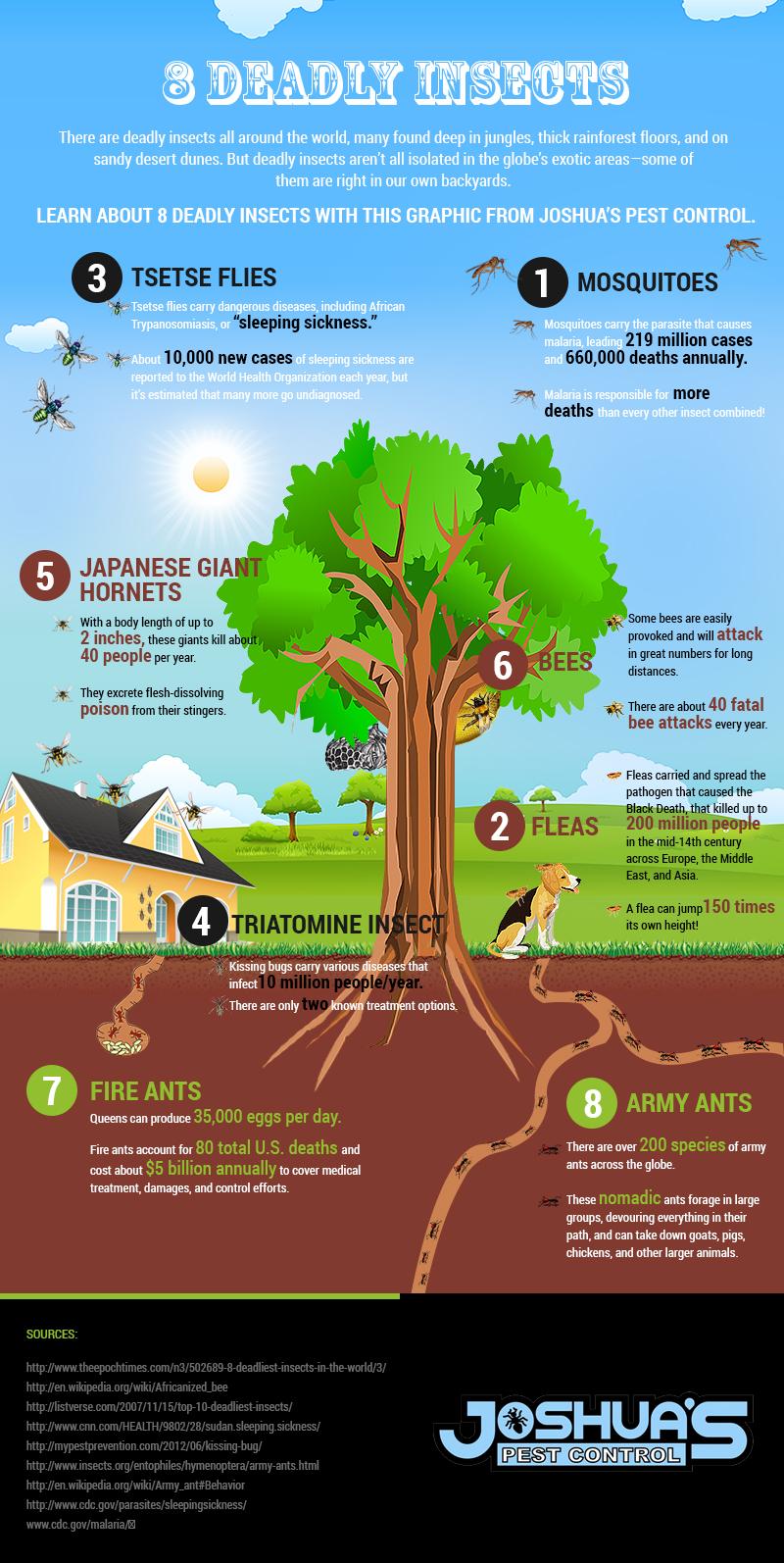Picture your attic as a cozy Airbnb for rats, with insulation as cosy as resort pillows and wiring a lot more luring than room solution. Currently, picture these undesirable visitors throwing a wild event in your house while you're away. As a house owner, ensuring your attic room is rodent-proof is not practically satisfaction; it's about securing your building and enjoyed ones. So, what simple steps can you require to protect your refuge from these hairy intruders?
Examine for Entrance Details
To begin rodent-proofing your attic, evaluate for entrance points. Start by carefully analyzing the outside of your home, looking for any openings that rodents can use to gain access to your attic. Look for gaps around utility lines, vents, and pipelines, along with any fractures or openings in the structure or siding. See to it to pay very close attention to locations where different building materials meet, as these are common entrance factors for rodents.
In addition, check the roof for any type of damaged or missing tiles, along with any voids around the sides where rodents could press with. Inside the attic room, try to find indicators of existing rodent activity such as droppings, chewed wires, or nesting materials. Make use of a flashlight to completely check dark corners and covert rooms.
Seal Cracks and Gaps
Check your attic extensively for any kind of fractures and voids that require to be sealed to prevent rodents from getting in. Rodents can squeeze through even the smallest openings, so it's critical to seal any type of prospective entry points. Check around pipes, vents, wires, and where the walls fulfill the roofing system. Utilize a combination of steel woollen and caulking to seal off these openings properly. Steel woollen is a superb deterrent as rodents can not chew with it. Make certain that all gaps are tightly secured to deny accessibility to undesirable parasites.
Do not neglect the relevance of sealing gaps around windows and doors too. Use climate stripping or door sweeps to secure these locations successfully. Examine the locations where energy lines enter the attic and seal them off utilizing an ideal sealant. By putting in the time to seal all fractures and voids in your attic, you create an obstacle that rats will find challenging to violation. Prevention is type in rodent-proofing your attic, so be extensive in your efforts to seal any type of potential access factors.
Remove Food Sources
Take aggressive actions to eliminate or save all prospective food sources in your attic room to discourage rats from infesting the area. linked web-site are drawn in to food, so eliminating their food sources is important in maintaining them out of your attic.
Below's what you can do:
1. ** Store food firmly **: Avoid leaving any type of food products in the attic. https://www.canr.msu.edu/news/do_i_need_a_permit_to_control_wildlife_on_my_farm in airtight containers constructed from steel or durable plastic to prevent rats from accessing them.
2. ** Clean up particles **: Eliminate any kind of piles of debris, such as old papers, cardboard boxes, or wood scraps, that rats might make use of as nesting product or food resources. Maintain the attic clutter-free to make it much less attractive to rats.
3. ** Dispose of garbage effectively **: If you use your attic for storage space and have trash or waste up there, make certain to deal with it frequently and effectively. Rotting garbage can draw in rats, so keep the attic clean and without any type of organic waste.
Verdict
Finally, remember that an ounce of avoidance is worth an extra pound of treatment when it involves rodent-proofing your attic room.
By taking the time to evaluate for access factors, seal splits and gaps, and eliminate food sources, you can keep undesirable parasites away.
Remember, 'An ounce of avoidance is worth an extra pound of remedy' - Benjamin Franklin.
Keep aggressive and protect your home from rodent problems.
